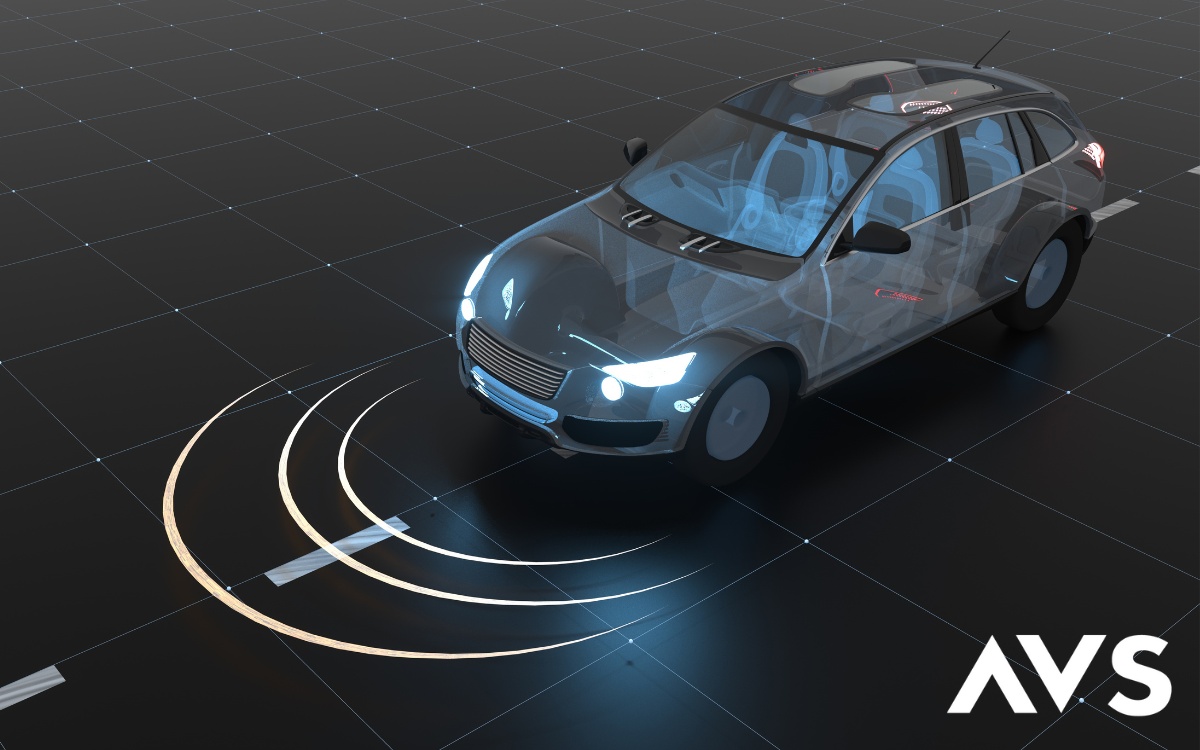The widespread adoption of Advanced Driver Assistance Systems (ADAS) is transforming modern vehicles into intelligent platforms, capable of analyzing their environment, making complex decisions, and interacting with the driver in real time. As these systems grow in complexity, traditional road testing methods are no longer sufficient to ensure their reliability, safety, and compliance.
In this context, Hardware-in-the-Loop (HIL) testing has become a key solution. It enables the real-time simulation of complete environments in which ADAS ECUs can be tested exhaustively—without safety risks, with reduced logistical constraints, and with perfect repeatability.
What is Hardware-in-the-Loop (HIL)?
HIL is a validation technique in which a real physical component—typically an embedded control unit (ECU)—is connected to a virtual simulation of its operating environment. This real-time simulation accurately reproduces the signals the ECU would receive in a real vehicle, including sensor data, driving conditions, and interactions with road users.
In other words, the ECU is the only real component in a fully simulated system, but it behaves exactly as if it were integrated into a physical vehicle. This allows engineers to observe and analyze its behavior across a wide range of scenarios, including critical situations, without ever exposing people, vehicles, or infrastructure to any risk.
Why HIL is Fundamental for ADAS
ADAS systems are based on a chain of detection, interpretation, and automated reaction. Every component—sensors, cameras, lidars, radars, and processing algorithms—interacts with a rich and dynamic environment. Any failure in this information flow can have serious safety consequences.
HIL testing enables:
- Safe validation of critical scenarios: emergency braking, pedestrian detection, unintended lane departure, evasive maneuvers…
- Perfect repeatability for isolating malfunction causes and comparing software versions
- Scalable test capacity, with hundreds, or even thousands, of scenarios executable automatically each day
- Significant time savings during software development, particularly in pre-integration phases
Thanks to HIL testing, engineers can expose ECUs to scenarios with extreme or rare conditions (heavy rain, total darkness, dense fog, unpredictable traffic) without physical constraints or logistical limitations.
AVSimulation’s Approach: SCANeR™ at the Core of HIL Simulation
At AVSimulation, we designed SCANeR™ to meet the demanding validation needs of leading industry players. Our simulation software offers native compatibility with the main HIL platforms on the market, such as dSPACE or NI.
With SCANeR™, an ADAS ECU can be interfaced with:
- Realistic vehicle models in a lifelike traffic environment
- High-fidelity sensors models (lidar, radar, camera),
- A 3D immersive environment featuring customizable weather conditions, delivering the visual realism required for perception-based systems
This ecosystem enables the execution of standardized test scenarios (Euro NCAP, ISO 21448/SOTIF), as well as any custom use case.
Example: Validating an Autonomous Emergency Braking (AEB) System
Let’s consider an ECU managing an AEB function. With a SCANeR-based HIL setup, engineers can simulate a pedestrian suddenly appearing from behind a parked car. The scenario can be finely configured: vehicle speed, ambient lighting, pedestrian approach angle, road surface condition…
The ECU reacts as it would in a real-world situation: it receives the simulated sensor signals, processes them, and triggers emergency braking if necessary. Engineers can then measure reaction times, braking force, stopping distance, and evaluate whether the behavior aligns with the system’s specifications thanks to SCANeR’s analyzing tools.
Integrating HIL in a Full Virtual Validation Chain
HIL testing is rarely done on its own. It is part of a broader, multi-level virtual validation process, typically structured as follows:
- MIL (Model-in-the-Loop) – testing system models in simulation
- SIL (Software-in-the-Loop) – testing decision-making & motion control software
- HIL (Hardware-in-the-Loop) – testing real hardware connected to the simulator
This step-by-step approach enables iterative validation from the earliest development phases. HIL testing plays a key intermediary role, acting as a safeguard before vehicle-level testing and reducing reliance on physical track campaigns.
Conclusion
HIL testing is now a gold standard for the validation of ADAS systems. It provides a reliable, precise, and scalable method to test ECUs in increasingly complex environments, without compromising safety or cost-efficiency.
Combined with advanced tools like SCANeR, it not only accelerates development cycles but ensures the delivery of robust, compliant ADAS systems—worthy of the trust placed in tomorrow’s intelligent vehicles.


